India’s intangible heritage: Its composite, living culture carries a multidimensional message in trying times
Such recognition by UNESCO, whether of Durga Puja or Srinagar as a Creative City, helps to underline that India’s culture is a living culture, writes Amb Bhaswati Mukherjee (retd) for South Asia Monitor
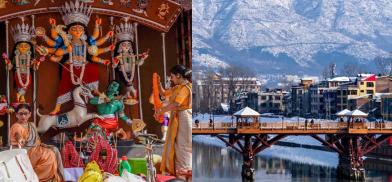
The distinguishing mark of India’s cultural and civilizational heritage which goes back millennia is that it consists of an extraordinary array of living heritage. Culture and religion get intertwined in a complex and beautiful mosaic of music, dance, theatre, storytelling, festivals and rituals. After all, Varanasi is today the oldest living city today in the world.
Globally, intangible heritage is protected by the 2003 UNESCO Convention for the Safeguarding of Intangible Cultural Heritage (ICH) of which India is a founder member. Intangible cultural heritage, according to UNESCO, is “traditional, contemporary and living at the same time”, “inclusive”, “representative”, and “community-based”. It is “an important factor in maintaining cultural diversity in the face of growing globalisation”.
India symbolizes ICH and its spirit. As the Convention states: “Cultural heritage does not end at monuments and collections of objects”, but “also includes traditions or living expressions inherited from our ancestors and passed on to our descendants, such as oral traditions, performing arts, social practices, rituals, festive events, knowledge and practices concerning nature and the universe or the knowledge and skills to produce traditional crafts”.
Amid the gloom of the pandemic last year came news of cheer. On 15 December 2021 Durga Puja, the tradition-seeped, multi-sensual symbol of the classic blend of culture and religion and celebrated by Bengalis worldwide was inscribed on UNESCO’s Representative List of Intangible Cultural Heritage of Humanity as ‘Durga Puja in Kolkata’. Prime Minister Narendra Modi shared the news and congratulated the nation on Twitter.
The ICH Committee, meeting virtually in its 16th Session from 13 to 18 December 21, took this momentous decision by consensus. The Committee annually reviews submissions from States Parties. India’s submission this year was Durga Puja. Eric Falt, the dynamic director of UNESCO’s India Office said he was “confident that this inscription will offer encouragement to the local communities that celebrate Durga Puja, including all the traditional craftspeople, designers, artists, and organisers of large-scale cultural events, as well as tourists and visitors…”
Known as ‘Sharodotsav’, ‘Durga Puja’ is joyfully anticipated. Celebrated across India and by its huge diaspora, it has become a pan-Indian festival, cutting across all religious and communal divides. Continuing over five days, the festivities symbolise India’s abiding messages of tolerance, unity in diversity and inclusiveness.
As India’s Ambassador to The Netherlands, I am proud that the first Durga Puja in The Netherlands, organised by its 200,000 strong diaspora, was during my tenure from 2010-2013. Today it attracts Indian diaspora from London, the Benelux and Germany.
India's long ICH list
The Indian list of ICH is formidable and includes Kumbh Mela (2017); Nowruz (2016); traditional brass and copper utensil-making among the Thatheras of Jandiala Guru, Punjab (2014); Sankirtana of Manipur (2013); Buddhist chanting of Ladakh (2012); Chhau dance, Kalbelia dance of Rajasthan, and Mudiyettu of Kerala (2010); Ramman festival of Garhwal (2009); and Kutiyattam Sanskrit theatre, Ramlila, and Vedic chanting (2008).
Another milestone that was jubilantly celebrated was the placing of Srinagar, in the UNESCO Creative Cities Network (UCCN) in the craft and folk art category. Srinagar was the only city in India from a list of 49 worldwide to earn this honour this year. Prime Minister Narendra Modi defined the decision as a “fitting recognition of the vibrant cultural ethos of Srinagar”.
Applications for the creative city tag are sought by UNESCO every year under seven categories, craft and folk art, media arts, film, design, gastronomy, literature and music. Launched in 2004, UCCN aims at promoting cooperation with the larger goal of sustainable urban development. Presently 246 cities make up this network which supports United Nations 2030 agenda for sustainable development at the local level.
Since 2015, three Indian cities have been recognised as members of UCCN—Jaipur and Varanasi in 2015 and Chennai in 2017. This year, Srinagar was recommended for crafts and folk arts.
Prepared under the restoration and strengthening of livelihoods component of the World Bank-funded Jhelum Tawi Flood Recovery Project (JTFRP), a consultation process was undertaken by all stakeholders, including Srinagar’s civic body, industries and commerce department, handicrafts department, and artisan/ trade bodies. The dossier was meticulously prepared and submitted by the Srinagar Municipal Corporation in 2021. Syed Abid Rasheed Shah CEO JTFRP paid tribute to the encouragement and guidance by Kashmir’s Lieutenant Governor Manoj Sinha who personally ensured that creative and intellectual support was given to the challenging task of preparing the dossier.
The decision has huge political, economic and cultural implications. The inclusion of Srinagar in UCCN has paved a way for the city to represent its handicrafts on the global stage. Srinagar houses hundreds of artisan workshops in its lanes. Mohd Riyaz Mir, a Kashmir handicrafts businessman with outlets in the Valley and Gulf countries hailed the UCCN tag as a timely recognition of the skill and creativity of Kashmiri artisans.
Mir said: “These creative artisans, known for their work in Sozni embroidery, carpet weaving, paper mache, copper work are the silent ambassadors of Kashmir. It will bring more recognition to the craft globally”.
Such recognition by UNESCO whether of Durga Puja or Srinagar as a Creative City helps to underline that India’s culture is a living culture. It is also complex and needs to be disseminated widely including to India’s vast diaspora. Culture can survive if nurtured and strengthened by successive generations. Unless India and Indians present their traditions called ‘parampara’, and her civilisation and cultural heritage in a manner that is both comprehensible and attractive to young Indians who form 80 per cent of the vast population, this heritage cannot be nurtured and strengthened.
India's gift to the world
To an emerging world order, where the forces of fundamentalism and extremism are raising their ugly heads and are sought to be dominated by an aggressive and rising China, India’s culture carries a multidimensional message of love, tolerance and understanding. India's composite culture demonstrates that, unlike other great cultures which exist no more, the country’s culture reflects the evolution of her own history. India through history seamlessly absorbed other cultures including her invaders but never lost her own.
Inscribed on the gates of Vishwa Bharati University, Santiniketan, in West Bengal, poet-laureate Rabindranath Tagore’s inspirational message still resonates today. Tagore had said:
“India represents the wealth of mind which is for all.
We acknowledge India’s obligation to offer to others the hospitality of her best culture
And India’s right to accept from others their best.”
Today, that wealth of mind is recognized by the United Nations and the global community as India’s gift to the world.
(The writer is a former Indian ambassador. The views are personal)
look at the spelling on quite a few of your posts. Several of them are rife with spelling issues and I find it very
troublesome to tell the reality then again I'll definitely come again again.




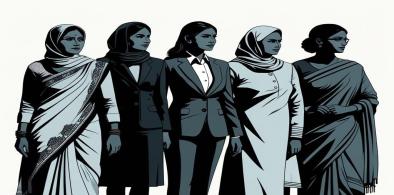


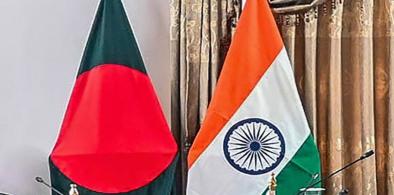
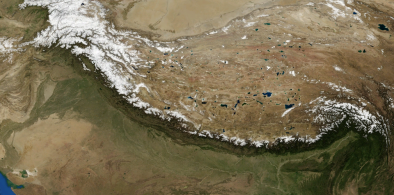


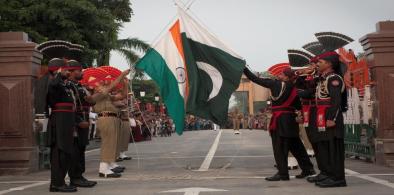








Post a Comment